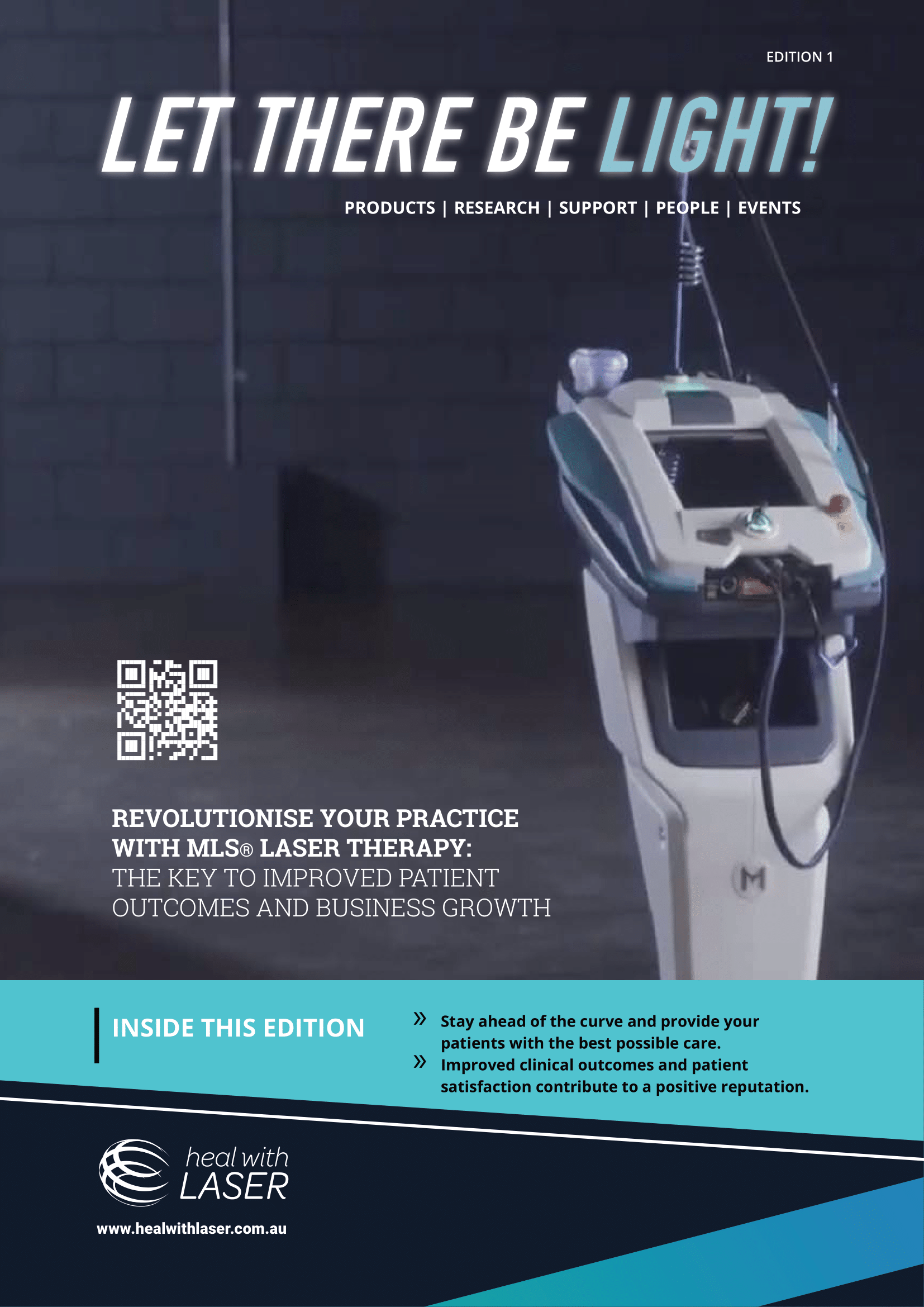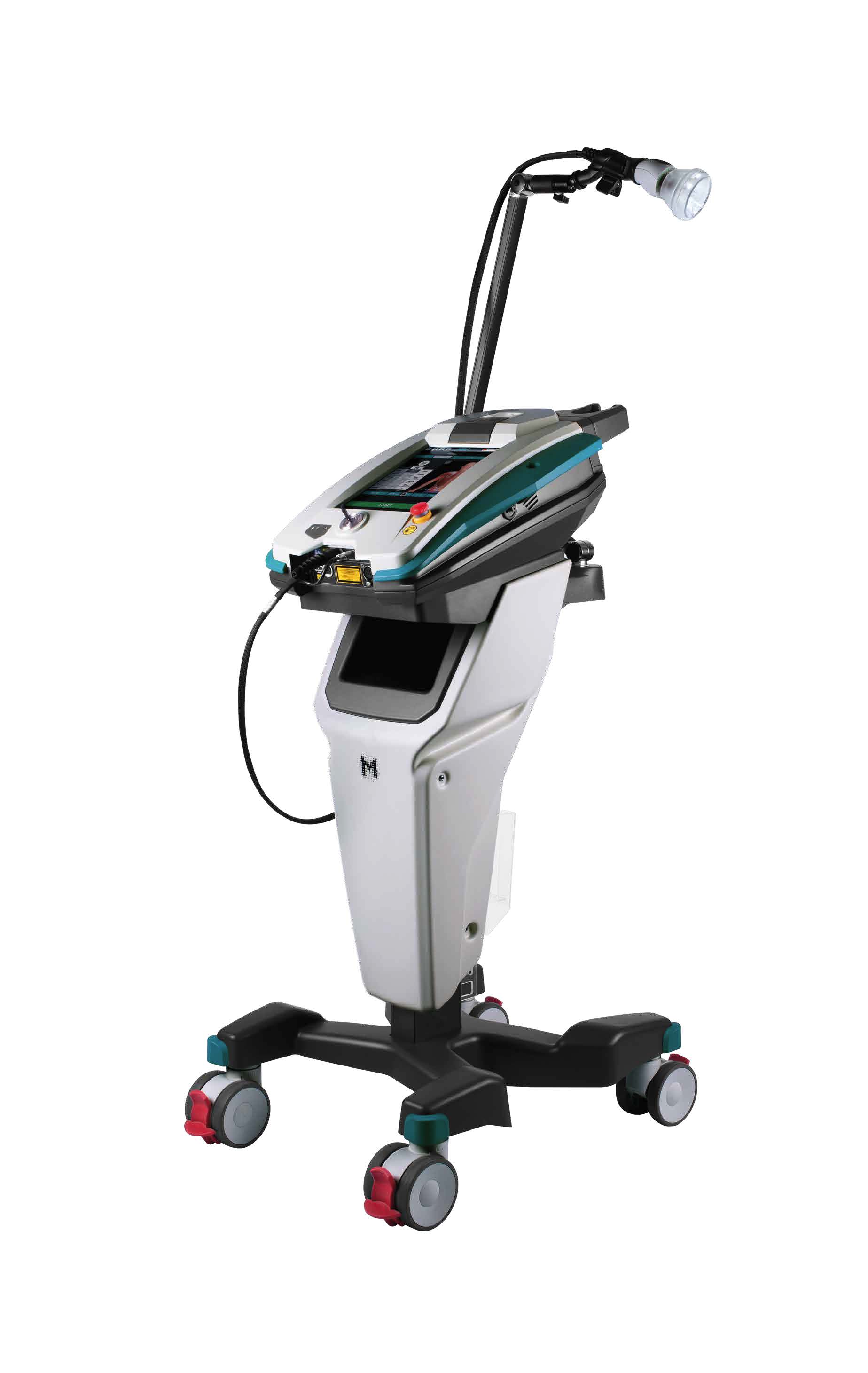Do you treat neuropathic pain? If so, there are new medical innovations that can make your treatments more effective. In recent years, laser therapy, or photobiomodulation (PBMT), has gained traction as a promising treatment option for alleviating neuropathic pain. By targeting and stimulating affected nerves, PBMT aims to provide faster and longer-lasting relief.
In this article, discover what laser therapy is, how laser therapy treats neuropathic pain, and what laser is most effective at managing these conditions.
Understanding Neuropathic Pain
Traditionally, neuropathic pain has been treated with medications such as opioids, antidepressants, and anticonvulsants. While these medications can provide temporary relief, they often come with a range of side effects and may not address the underlying cause of the pain. This has led many patients and healthcare professionals to explore alternative treatment options, such as PBMT.
How Laser Therapy Works for Neuropathic Pain

Lasers emit specific wavelengths of light that penetrate the skin and reach the underlying nerves. Laser therapy works by stimulating cellular activity and increasing blood flow, triggering the body’s natural healing processes. The targeted light energy promotes the production of adenosine triphosphate (ATP), which provides energy for cellular regeneration and repair.
PBMT is non-invasive and has minimal to no side effects. The treatment is painless, with some patients reporting a warm and soothing sensation during the session. It is also a natural treatment for neuropathic pain because it stimulates the body’s natural healing processes. This makes it an attractive option for individuals who are looking for alternatives to medication or invasive procedures.
Benefits of Laser Therapy for Neuropathic Pain Patients
One of the key benefits of laser therapy is its ability to provide long-lasting relief by addressing the root cause of neuropathic pain. Laser therapy targets the nerves themselves, promoting healing and regeneration. By stimulating cellular activity, laser therapy can help to repair damaged nerves and improve their function.
In addition to pain relief, PBMT can also improve mobility and overall quality of life for patients. Many patients report increased range of motion, reduced inflammation, and improved sleep patterns after undergoing laser therapy. These improvements can have a significant impact on daily activities and overall wellbeing.
MiS – A Laser Therapy Device Specially Designed for Neuropathic Pain
Despite its high peak power, the MLS® laser is safe to use. The laser output is modulated through very short pulses that allows for therapeutic benefits whilst maintaining control of the thermal effect. MiS does not allow tissues to heat up beyond the thermal threshold that could cause harm to the patient. This ensures that MiS treatment is safe and can produce enhanced therapeutic outcomes.
Because MiS safely administers PBMT at a high peak power, it can penetrate deeper into tissues. This makes the MiS laser especially effective for neuropathic pain because it can be absorbed by nerves, a therapeutic effect that is more difficult to achieve with other laser therapy devices due to their limited penetration. The MLS® laser has shown to provide significant reduction in pain and improve functional recovery for neuropathic conditions because it can repair damaged nerve fibres. This makes MiS especially effective for neuropathic conditions because it treats pain at the source.
To learn more about the efficacy of MiS laser for neuropathic pain and read scientific articles about the use of the MLS® laser for various neuropathic pathologies, visit our Neuropathic Pain page.
Success Story Using MiS Laser for Sciatica Pain
MiS laser has proven effective for sciatica pain, a neuropathic condition where pain radiates along the sciatic nerve from the lower back down one or both legs.
One clinic that has experienced positive results for this condition is Balanced for Life Chiropractic, NSW.

Dr Lindy and Pavle Kuburic, owners at Balanced for Life Chiropractic in NSW, at ASA World Headquarters in Italy.
“Our experience shows that MiS laser is particularly effective for treating sciatica pain,” Pavle states.
“Many of our patients suffer from this condition, and MiS laser has proven time and time again to be a successful treatment option.”
What are the advantages of using the MLS® laser for sciatica?
Pavle explains, “We have noticed that it:
a) quickly localises the pain and reduces the amount of pain that travels down the leg, and
b) in most cases, MiS laser resolves sciatica pain in the back after the fourth to sixth session.”
Staff have also benefitted from the introduction of MiS laser to their clinic; “Additionally, our practitioners are much more confident in treating sciatica pain with MiS laser, as it is quick, easy, and non-invasive.”
MiS laser has helped the practitioners at Balanced for Life to optimise the treatment of neuropathic pain, resulting in satisfied patients, increased referrals, upskilled staff, and a glowing reputation.
To learn more about how MLS® laser can benefit your practice, download our free eBook, ‘Revolutionise Your Practice with MLS® Laser Therapy’.

Is Laser Therapy Right for You?
Laser therapy offers new hope for individuals living with neuropathic pain. With its non-invasive capabilities and minimal side effects, it provides a viable alternative to traditional medication-based treatments. By targeting the nerves and promoting healing and regeneration, PBMT can provide long-lasting relief and improve overall quality of life.
MiS laser has shown to be a world-class laser that has provided outstanding results for neuropathic pain. If you would like to learn more about how to incorporate MiS into your treatments, book a demo of our lasers:
References:
- Cavalli E, Mammana S, Nicoletti F, Bramanti P, Mazzon E. The neuropathic pain: An overview of the current treatment and future therapeutic approaches. Int J Immunopathol Pharmacol. 2019 Jan-Dec;33:2058738419838383. doi: 10.1177/2058738419838383. PMID: 30900486; PMCID: PMC6431761.


